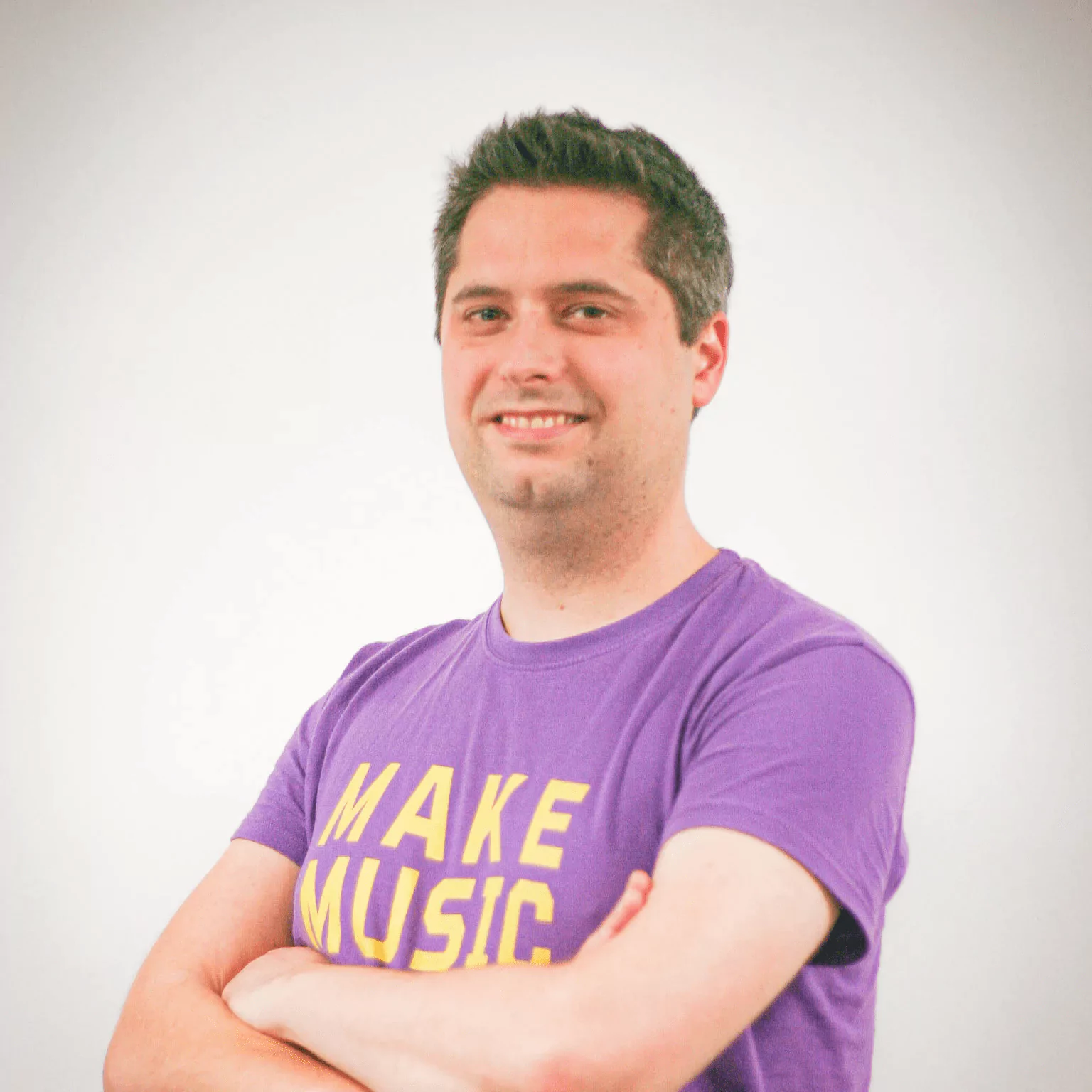

Ross Garrod
Chief Executive Officer
How Puzzles Change Everything
Published: 10th Jan 2025
From Drum Teacher to EdTech Maverick
At the heart of the Shortest PATH framework lies one unshakable truth: puzzles are life. Not the Sudoku-on-Sunday kind (though those are fun), but the big, gnarly, brain-twisting kind—the ones that make you want to bang your head against a drum kit until inspiration strikes. This is the story of how an obsessive love for cracking puzzles turned a frustrated drum teacher into the CEO of one of the UK’s most innovative EdTech companies.
Starting at the Bottom: A Drum Teacher’s Perspective
Being a drum teacher is great… if your dream is to be at the very bottom of a school’s food chain. Seriously, if there’s a totem pole of importance, drum teachers aren’t even on it. Every day, I watched the school grind itself into inefficiency—endless emails, chaotic schedules, baffling bureaucracy—all while quietly stewing in my lack of power to change any of it. So, I did the only thing I could: I turned my attention to my students.
Now, here’s the thing: I cared about my students. I really did. But if I’m being honest, what really got me out of bed in the morning was the thrill of the puzzle. Each student was a unique, delightful riddle. How could I help them become incredible musicians in the shortest possible time? It wasn’t teaching; it was codebreaking… with drumsticks.
The Early Hacks: Solving Problems with Duct Tape and Google Scripts
My obsession led me down some weird rabbit holes. I designed exercises that supercharged students’ technique. I set up a multi-monitor teaching setup that made me feel like a NASA mission controller. I taught myself to write Google scripts to automate boring admin tasks, because why not? Every tiny inefficiency became a puzzle to crack. And crack them I did.
But it still wasn’t enough. The bigger problems of school inefficiency loomed large, mocking me with their maddening complexity. Enter James, a fellow puzzle addict I met at church. We bonded while running a kids’ club called Dangerous Club, where every month we asked ourselves: “What’s the most ridiculously dangerous activity we can design that’s still technically safe?” Fireballs? Check. Bug-eating competitions? Sure. Human curling (child + duct tape + office chair)? Absolutely.
The Virtual Practice Corridor: Where Things Got Weirdly Effective
One day, James and I turned our puzzle-solving brains to a new challenge: getting my students to practise their music. The result? A virtual practice corridor where students could log in from home to get live support and accountability from me between lessons. It was bonkers… and it worked. My students started progressing three, four, five times faster than anyone else’s. Word spread. Parents were thrilled. A group of them even pooled together £150,000 to help us turn this experiment into a real company.
Scaling Up: From Music to Madness
Flush with cash and overly caffeinated optimism (coffee for me, Coke Zero for James), James and I created the first-ever AI pathfinding algorithm for lesson scheduling. It was like solving a Rubik’s Cube blindfolded, but the results were amazing. Hundreds of schools signed up to use it. We were on top of the world… until we weren’t.
Here’s the thing about solving puzzles: the deeper you go, the more you realise how tangled the whole system is. Music scheduling? Easy. The real nightmare was the inefficiency baked into everything else about school operations. Calendars that didn’t talk to each other. Communication systems that made smoke signals look advanced. It wasn’t enough to fix one piece; the whole jigsaw needed rethinking.
Taking on the Impossible (and Ignoring the Naysayers)
Music departments begged us to stay in our lane. School leaders bristled at the suggestion that their systems weren’t perfect. Investors warned us against tackling the unfixable. “If this could be solved,” they said, “someone would’ve done it already.”
But did we listen? Nope. With the kind of naïve enthusiasm usually reserved for people about to wrestle alligators, we decided to take on the mother of all puzzles: unifying school operations. Calendaring. Communication. Collaboration. Everything.
The Birth of the Shortest PATH Framework
What we discovered along the way was that this wasn’t just a tech problem. It was a thinking problem. To solve it, we needed a new mindset—a philosophy of simplicity, elegance, and relentless problem-solving. Thus, the Shortest PATH framework was born:
- Punk: Pursuing truth over conformity. (Because sometimes the old way is just plain dumb.)
- Amplifier: Conjuring more from less. (Think of it as magic, but nerdier.)
- Tuner: Relentlessly eliminating imperfection. (Goodbye, chaos. Hello, flow.)
- Harmony: Caring for all in the school community. (Efficiency that doesn’t steamroll people.)
Inspired by the shortest path algorithm in coding, PATH became our blueprint for cutting through complexity and finding the elegant solutions hidden in the chaos.
The Journey Ahead
Today, the Shortest PATH framework underpins everything we do at Involve Education. It’s not just about tech; it’s about reimagining how schools operate and celebrating the incredible puzzle-loving geeks we’ve found in schools and among teachers. Working with schools has been a revelation—they’re full of curious, innovative minds who thrive on solving challenges as much as we do.
It’s not just our tech transforming schools; it’s their embrace of the Shortest PATH framework that’s unlocking new ways of working. By reclaiming time, reducing stress, and building systems that harmonise their operations, schools are discovering what’s possible when elegance meets efficiency.
Because at the end of the day, every puzzle—no matter how impossible it seems—has an elegant solution. You just have to love the challenge enough to find it.